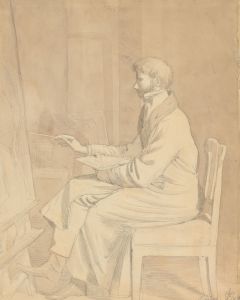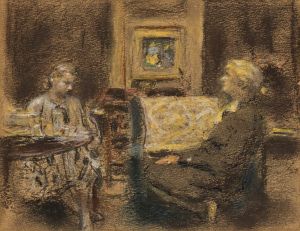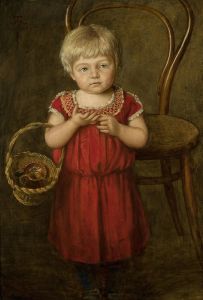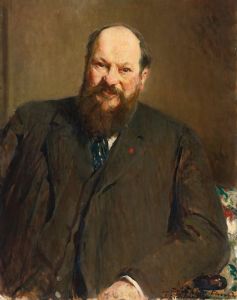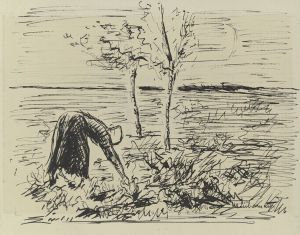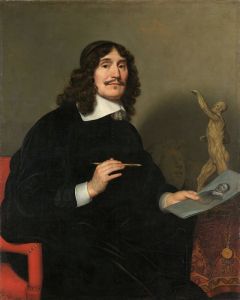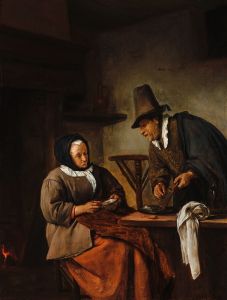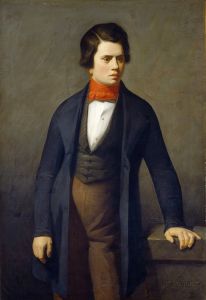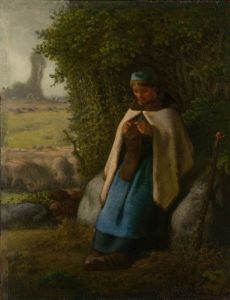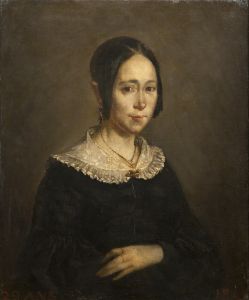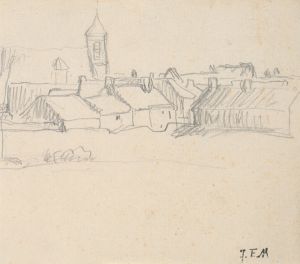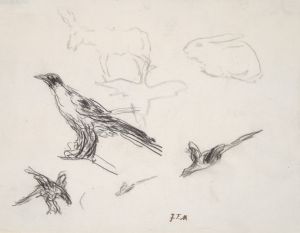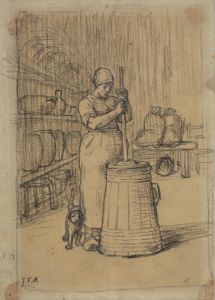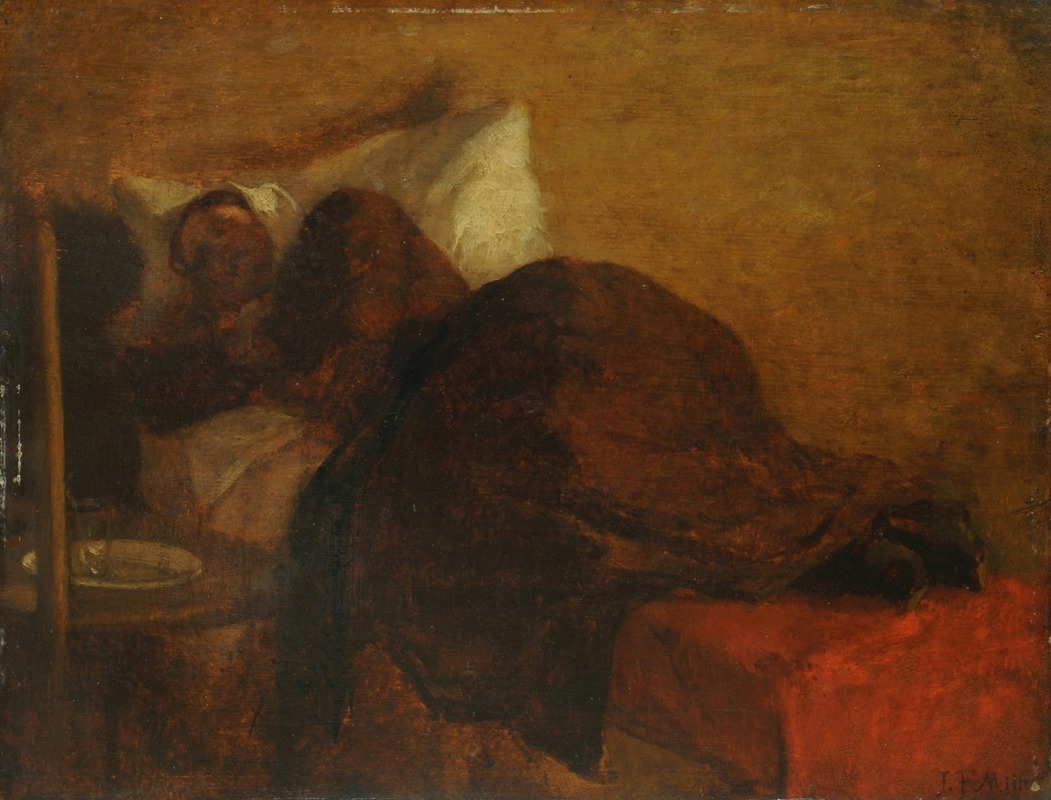
The Artist’s Wife
A hand-painted replica of Jean-François Millet’s masterpiece The Artist’s Wife, meticulously crafted by professional artists to capture the true essence of the original. Each piece is created with museum-quality canvas and rare mineral pigments, carefully painted by experienced artists with delicate brushstrokes and rich, layered colors to perfectly recreate the texture of the original artwork. Unlike machine-printed reproductions, this hand-painted version brings the painting to life, infused with the artist’s emotions and skill in every stroke. Whether for personal collection or home decoration, it instantly elevates the artistic atmosphere of any space.
Jean-François Millet, a prominent French painter and one of the founders of the Barbizon School, is renowned for his depictions of peasant life and rural landscapes. Among his works is "The Artist’s Wife," a painting that reflects his personal life and artistic style. Millet was born on October 4, 1814, in Gruchy, a hamlet in the Normandy region of France. He grew up in a farming family, which deeply influenced his artistic focus on rural themes and the lives of peasants.
"The Artist’s Wife" is a portrait of Millet's wife, Catherine Lemaire, whom he married in 1853. Catherine was a significant figure in Millet's life, providing him with support and stability, which allowed him to pursue his artistic endeavors. The painting is an intimate portrayal, capturing not only her likeness but also conveying a sense of the personal bond between the artist and his subject.
Millet's style is characterized by a realistic approach, often emphasizing the dignity and solemnity of rural life. In "The Artist’s Wife," this realism is evident in the detailed rendering of Catherine's features and the simplicity of her attire. The painting reflects Millet's ability to convey emotion and character through subtle expressions and poses. His use of light and shadow adds depth to the portrait, highlighting Catherine's face and creating a sense of intimacy.
The Barbizon School, of which Millet was a key member, was a movement towards realism in art, focusing on natural scenes and everyday life. This movement was a reaction against the Romanticism that dominated the early 19th century, and it laid the groundwork for later developments in Impressionism. Millet's work, including "The Artist’s Wife," played a crucial role in this transition, emphasizing the beauty and significance of ordinary subjects.
Millet's paintings often reflect his own experiences and observations of rural life, and "The Artist’s Wife" is no exception. It is a testament to his personal life and his artistic philosophy, which sought to portray the truth and beauty of the world around him. The painting is not only a depiction of Catherine but also a reflection of Millet's respect and admiration for her, as well as his commitment to capturing the essence of his subjects.
Throughout his career, Millet faced financial difficulties and critical challenges, yet he remained dedicated to his artistic vision. His works, including "The Artist’s Wife," continue to be celebrated for their emotional depth and technical skill. Today, Millet is remembered as a pioneer of realism, whose paintings offer a poignant glimpse into the lives of 19th-century rural communities.
"The Artist’s Wife" remains an important piece within Millet's oeuvre, exemplifying his mastery of portraiture and his deep connection to his subjects. It stands as a tribute to his personal life and his enduring influence on the art world.





